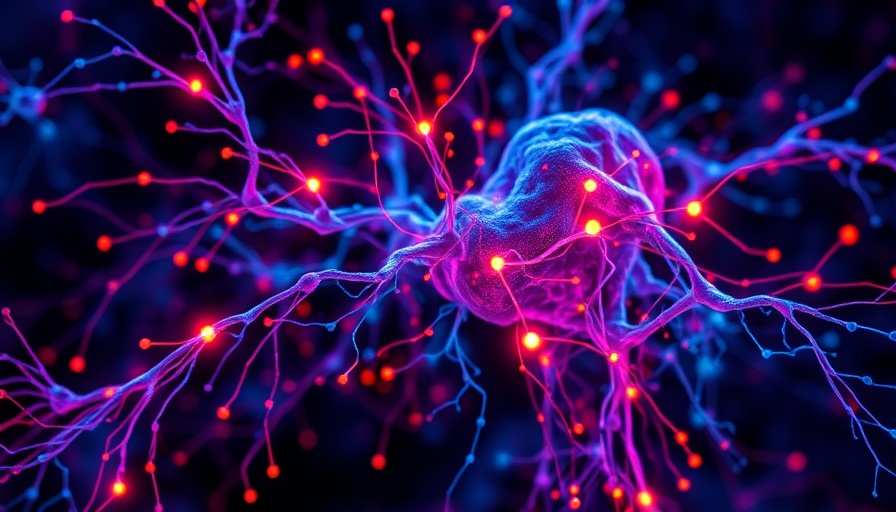
Unlocking the Mysteries of the Human Brain: A New Era in Neurotechnology
Thanks to groundbreaking advancements in technology, researchers are gaining unprecedented access to the depths of the human brain. This shift promises to enhance our understanding of neurodevelopment and could lead to significant breakthroughs in autism research and cognitive therapy interventions. How did we arrive at this point, and what does it mean for families, especially those with children affected by autism spectrum disorder?
The Transformative Power of Direct Brain Access
Historically, our knowledge of the nervous system has heavily relied on studies conducted on model organisms like rodents and nonhuman primates. However, the call to focus on human neurobiology has never been more pressing. As neuroscientists unveil human-specific features of the brain, including larger frontal cortices and increased neural connectivity, they unlock the potential to understand uniquely human capabilities relating to language, creativity, and emotional regulation.
Current Innovations in Neurotechnology Affecting Autism Research
Neurotechnology is transforming how we approach autism research and interventions. Advances such as Brain-Computer Interfaces (BCIs) and Transcranial Magnetic Stimulation (TMS) have shown promise in enhancing cognitive functions while offering therapeutic strategies for conditions like autism. BCIs facilitate direct communication between the brain and devices, which can be particularly beneficial for individuals with severe communication challenges.
The Role of Neurofeedback in Managing Autism Symptoms
Neurofeedback, a non-invasive technology that trains individuals to regulate brain activity using real-time feedback, has gained traction in addressing autism symptoms. Initial studies indicate its efficacy in improving attention and reducing anxiety among children with autism. As more families seek effective interventions, neurofeedback represents a promising avenue for self-regulation and emotional control.
What’s Next? Future Trends in Neurotechnology
As neurotechnology continues to evolve, we anticipate further integration with artificial intelligence and machine learning, refining intervention techniques that can be tailored for individual needs. The potential exists for more comprehensive and personalized support systems for families affected by autism, fostering an environment where early intervention strategies are more effective and widely accessible.
Preparing for a Neurotechnological Future
With these advancements comes an urgency for clear ethical guidelines and accessibility measures. Families should advocate for increased research funding and the development of policies that prioritize the equitable distribution of neurotechnology resources. By understanding and supporting ongoing innovations in neurodevelopment, families can play a crucial role in the future of autism research.
To learn more about how developments in neurotechnology can enhance therapeutic outcomes, be sure to learn more here.
 Add Row
Add Row  Add
Add 




Write A Comment